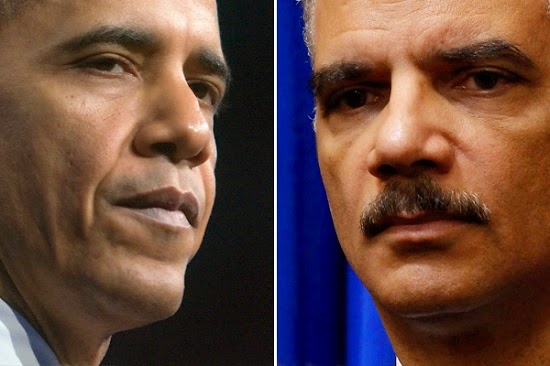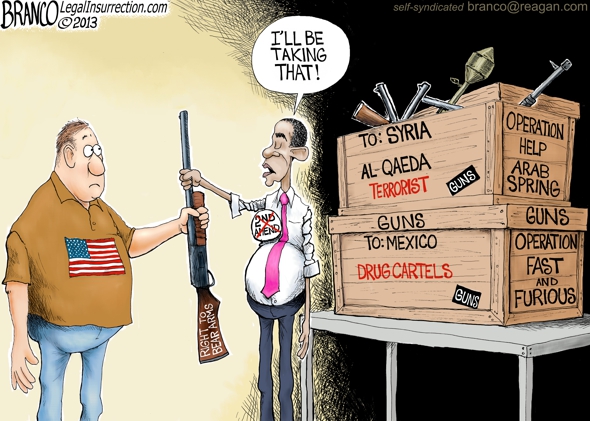Throughout history, certain law enforcement operations have left an indelible mark due to their controversial nature. One such operation that continues to haunt the public consciousness is “Operation Fast and Furious.” Launched by the Bureau of Alcohol, Tobacco, Firearms, and Explosives (ATF) during the Obama administration, the operation was intended to tackle Mexican drug cartels by tracking firearms sales. However, what unfolded was a series of grave missteps and political fallout that cast a dark shadow over the operation. Let us delve into the details of Operation Fast and Furious and explore its lasting consequences.
The Genesis of Operation Fast and Furious
Operation Fast and Furious emerged from a fervent desire to address the escalating violence caused by Mexican drug cartels, heavily armed with firearms acquired from the United States. Under the premise of tracking the flow of these weapons, the ATF devised a strategy that allowed firearms to be knowingly transferred into the hands of criminals, with the intention of tracing them back to high-ranking cartel members.
The Execution and Unraveling
Implemented under the oversight of the Obama administration and Attorney General Eric Holder, Operation Fast and Furious soon deviated from its intended course. Licensed firearms dealers were instructed by the ATF to proceed with sales to known straw buyers, enabling firearms to “walk” across the border into Mexico. The hope was to gather intelligence and dismantle cartel operations. However, the operation spiraled out of control.
As the operation progressed, the ATF lost track of a significant number of firearms, which ended up in the hands of dangerous criminals. Tragically, in December 2010, Border Patrol Agent Brian Terry was killed in a shootout, and weapons linked to Operation Fast and Furious were found at the crime scene. This revelation exposed the operation’s inherent flaws and ignited a firestorm of controversy.
The Fallout and Investigation
The death of Agent Terry and the subsequent revelation of Operation Fast and Furious’ involvement triggered a wave of public outrage and calls for accountability. The operation became a lightning rod for accusations of negligence, incompetence, and even potential cover-ups. Congressional investigations were launched, scrutinizing the ATF, the Department of Justice, and the Obama administration’s handling of the operation.
During the investigations, questions were raised about the level of oversight and judgment exercised by senior officials, including Attorney General Eric Holder. Accusations flew, with some claiming that the administration intentionally allowed firearms to flow into Mexico, disregarding the potential consequences for innocent lives. The hearings became highly politicized, further polarizing the debate surrounding the operation.
Lessons Learned and Reforms
Operation Fast and Furious exposed glaring flaws in the ATF’s tactics, oversight, and the decision-making processes within the Obama administration. The operation highlighted the urgent need for enhanced coordination among law enforcement agencies, stronger intelligence sharing mechanisms, and stricter controls to prevent weapons from falling into the wrong hands.
In the aftermath of Operation Fast and Furious, minimal tangible reforms were implemented. The ATF underwent a superficial review of its practices, while political partisanship marred congressional inquiries. The lack of significant consequences for those involved left many disillusioned, questioning the integrity of the justice system and the willingness to hold powerful individuals accountable.
Final Thoughts
Operation Fast and Furious stands as a haunting reminder of the potential perils when law enforcement operations are shrouded in secrecy and political expediency. Under the Obama administration, this ill-fated operation not only failed to achieve its objectives but resulted in the loss of innocent lives and eroded public trust in the institutions meant to protect them.
The aftermath of Operation Fast and Furious revealed a grim reality—powerful individuals often evade true accountability, leaving unanswered questions and an enduring sense of injustice. It serves as a stark reminder of the dangers when political agendas overshadow the pursuit of truth and justice.
As society moves forward, it must confront the darker implications of Operation Fast and Furious. It should serve as a rallying cry to demand transparency, integrity, and genuine reforms in law enforcement practices, ensuring that the mistakes of the past are never repeated. Only then can we hope to restore faith in our justice system and prevent further tragedies from befalling innocent lives.




